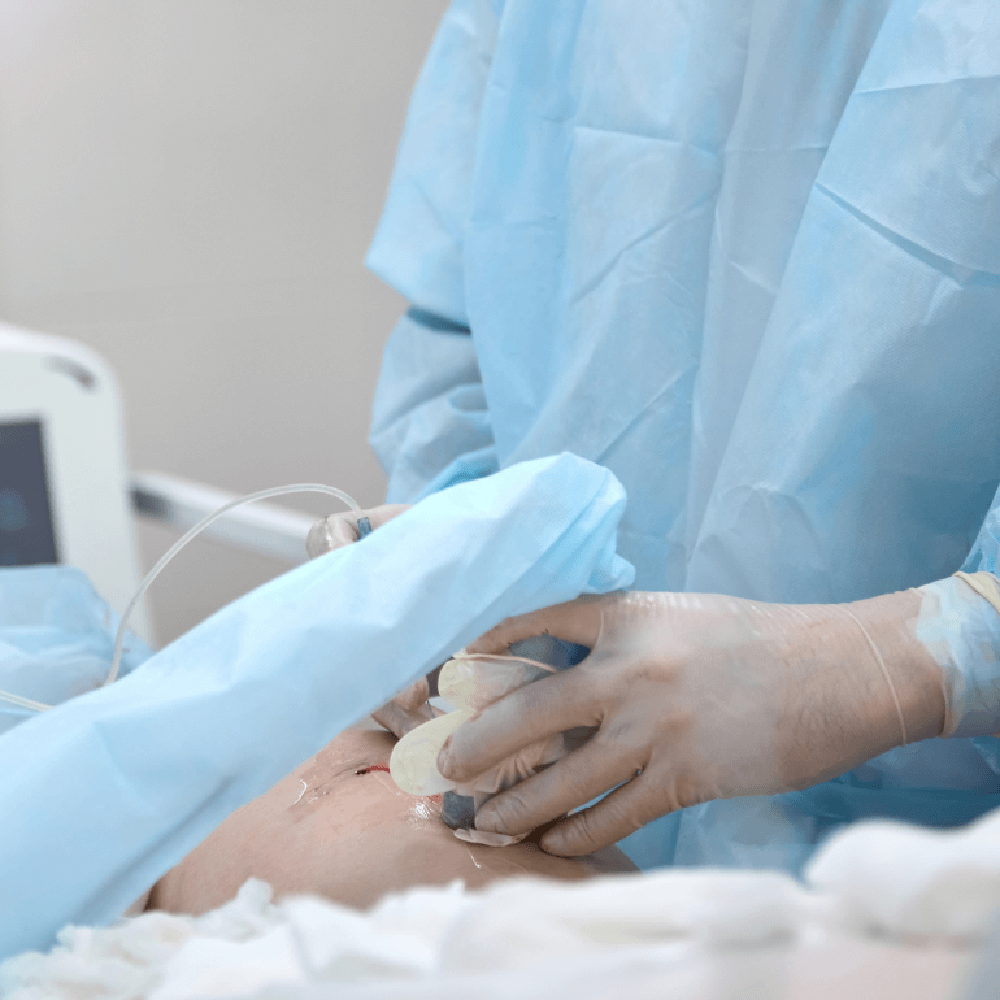
Peripheral Artery Disease
Peripheral artery disease (PAD) is a vascular condition characterized by narrowed arteries that reduce blood flow to your limbs, typically the legs. The condition arises due to atherosclerosis, where fatty deposits build up in the arteries, hindering normal blood circulation. PAD can lead to discomfort, pain, and potentially serious complications.
Symptoms of Peripheral Artery Disease
Peripheral artery disease often manifests through various symptoms that primarily affect the lower extremities, particularly the legs. The severity and type of symptoms can vary from person to person.
Causes of Peripheral Artery Disease
Peripheral artery disease is primarily caused by atherosclerosis, a condition where arteries become narrowed and hardened due to the accumulation of fatty deposits, or plaque, on their walls. Over time, this buildup restricts blood flow to the limbs.
Risk Factors for Peripheral Artery Disease
Several risk factors can contribute to the narrowing and hardening of the arteries, which is characteristic of atherosclerosis, the primary cause of PAD.
A major risk factor for PAD, smoking damages the arteries and accelerates the progression of atherosclerosis.
Individuals with diabetes have a higher risk of developing PAD due to the potential damage to blood vessels from high blood sugar levels.
Hypertension, or high blood pressure, can cause damage to artery walls, making them more susceptible to atherosclerosis.
Elevated levels of cholesterol can lead to the accumulation of fatty deposits in the arteries, increasing the risk of PAD.
PAD is more common in older adults, particularly over the age of 50
Being overweight or obese increases the strain on the circulatory system, potentially leading to PAD.
Having a family member with a history of PAD increases the risk.
Treatment for Peripheral Artery Disease
The goal of PAD treatment is to reduce your risk of cardiovascular events and to improve your quality of life by easing your pain. In some cases, minimally invasive procedures may be recommended to improve blood flow, such as:
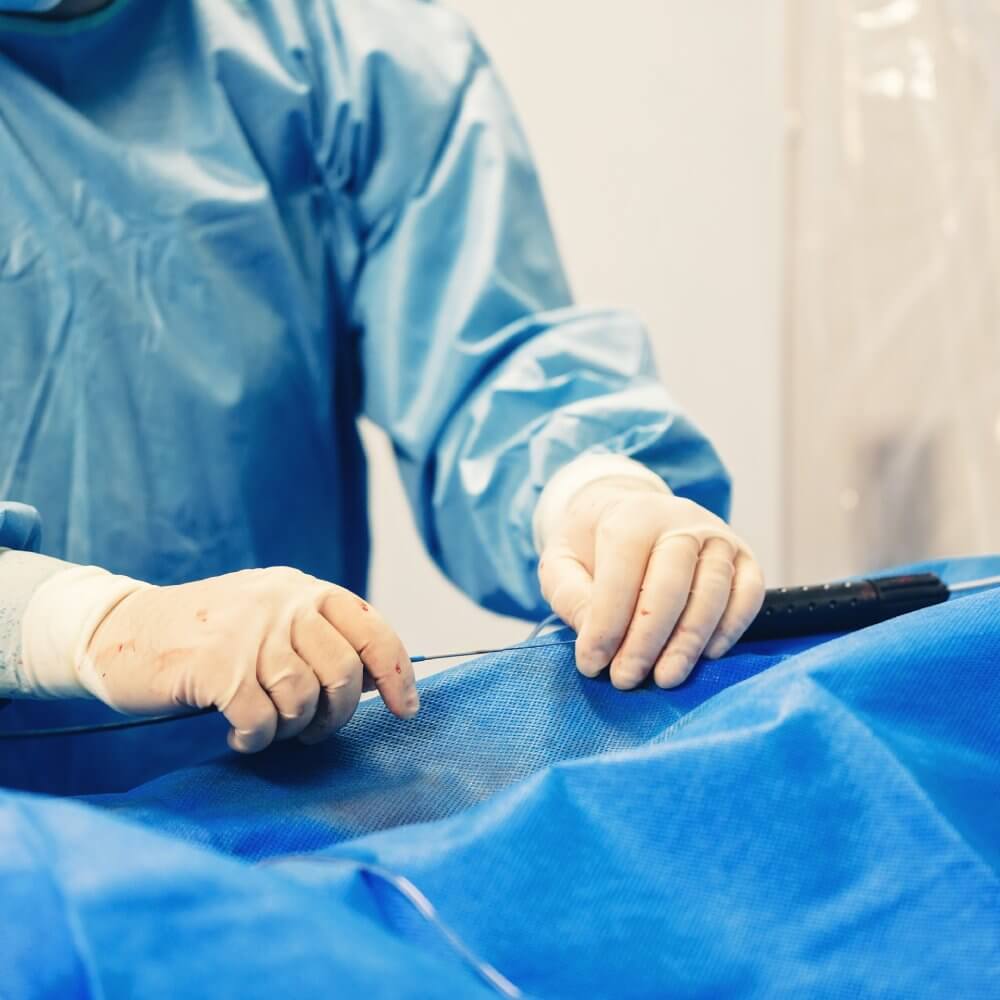
Angioplasty is a common treatment for PAD. It involves inflating a balloon in the narrowed artery to widen it and improve blood flow.
Learn More

Atherectomy involves removing plaque from the artery to improve blood flow. It's useful when plaque buildup is significant.
Learn More
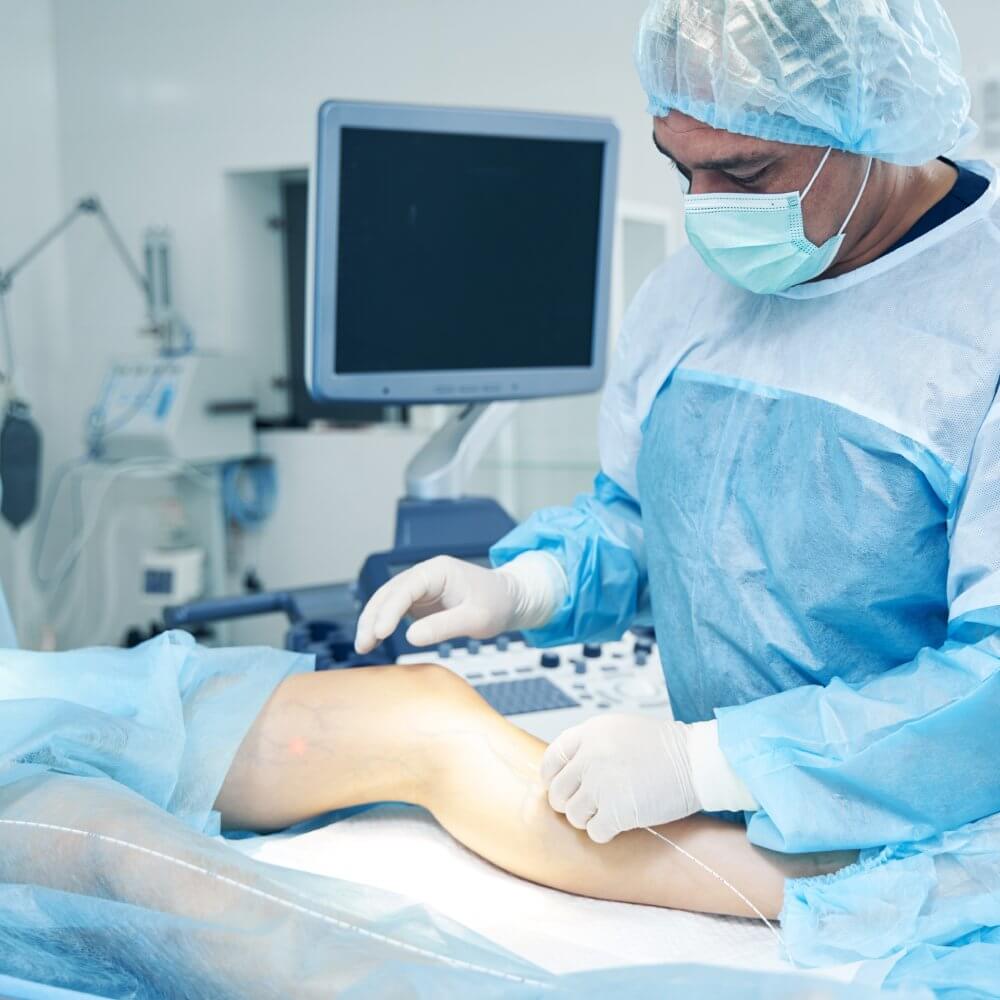
Stent placement involves inserting a stent into the narrowed artery to keep it open and restore blood flow.
Learn More
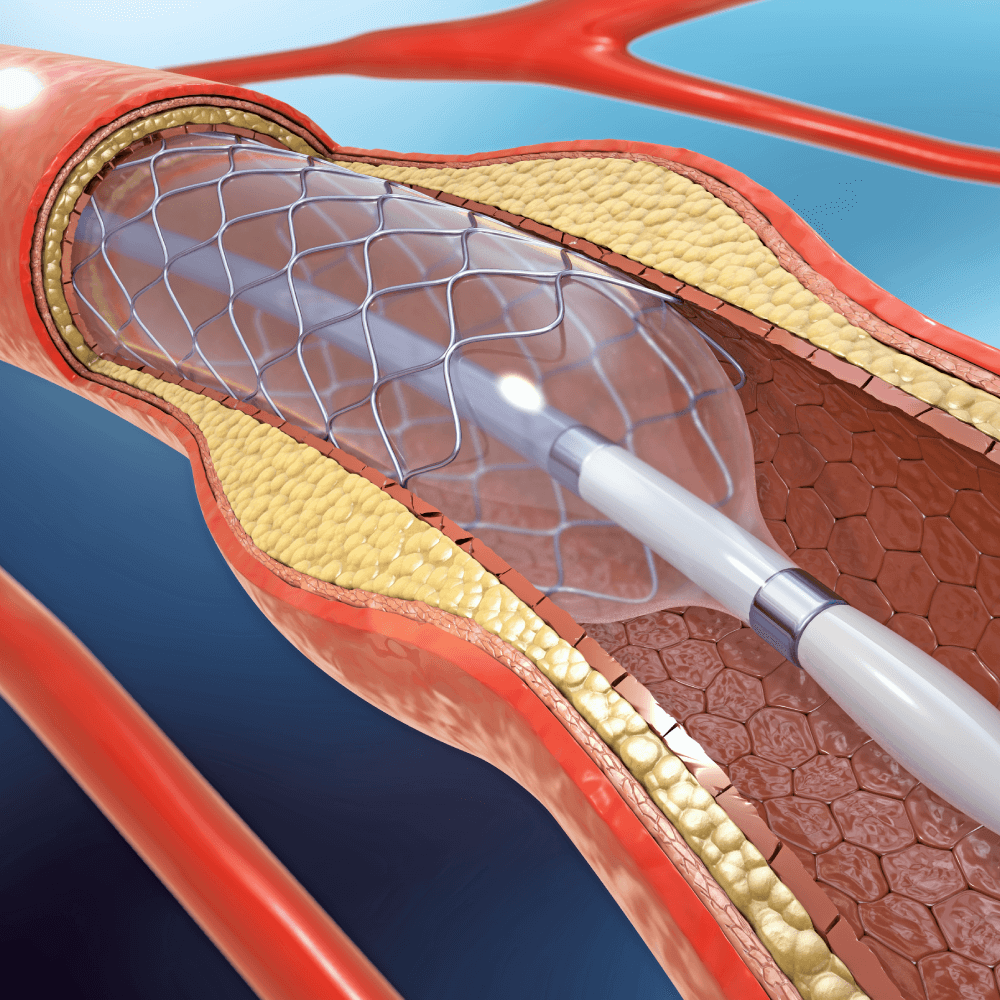
IVL utilizes sonic pressure waves to break down plaque and other arterial blockages. This is done before placing a stent to open arteries.
Learn More
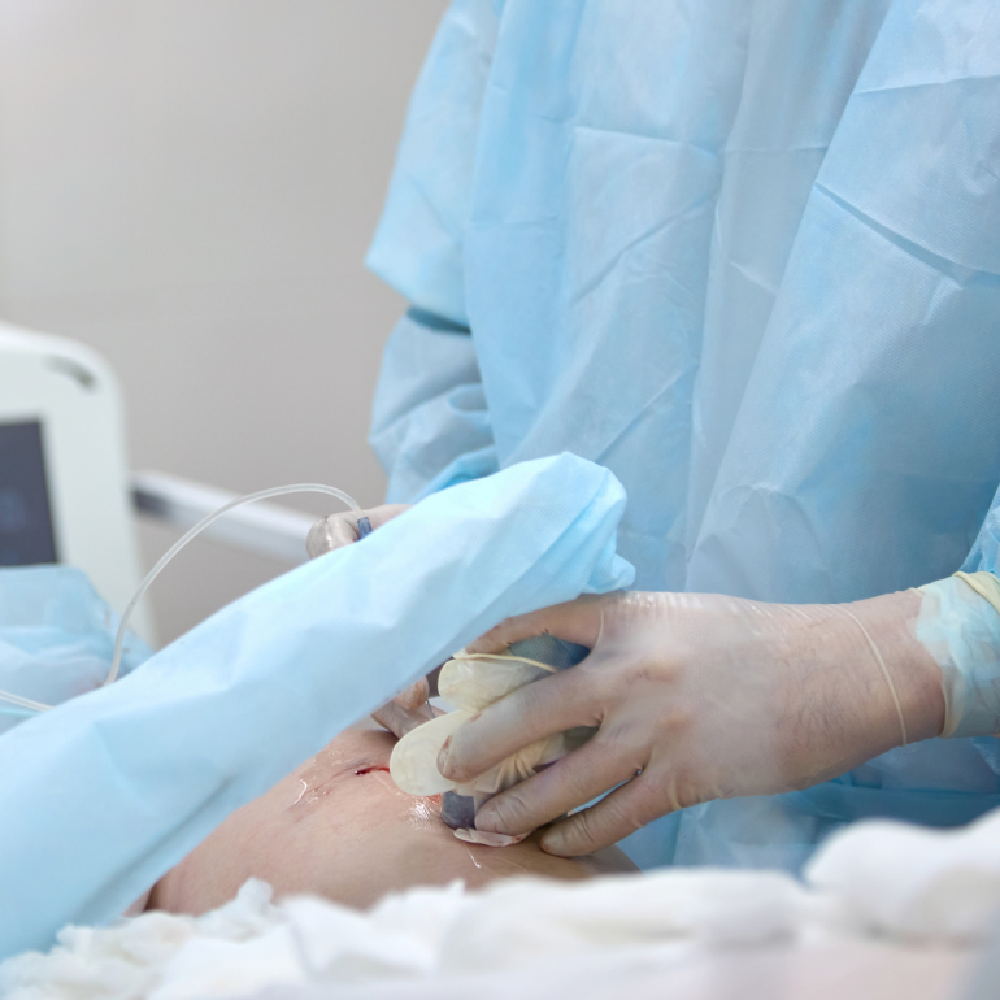
FAQs
While PAD is a chronic condition, which means it cannot be cured completely. Early diagnosis and appropriate treatment can significantly improve symptoms and slow its progression, allowing individuals to lead active lives.
PAD itself is not usually life-threatening. However, it's a serious condition that indicates atherosclerosis, which can lead to heart attack or stroke if left unmanaged.
While PAD may not be entirely preventable, several lifestyle changes can reduce your risk of developing the condition and slow its progression. These include eating a balanced diet, exercising regularly, quitting smoking, managing blood pressure, controlling cholesterol and blood sugar levels, and maintaining a healthy weight, among others.